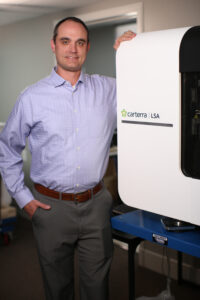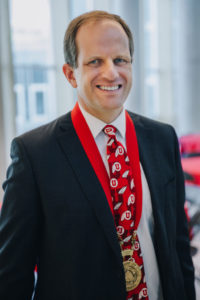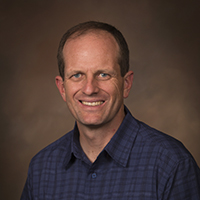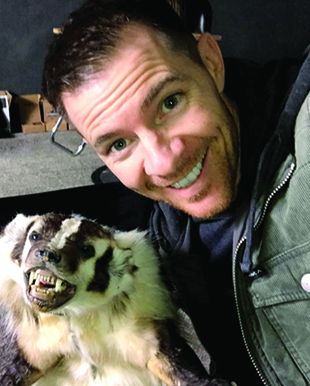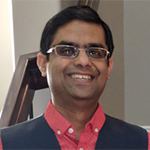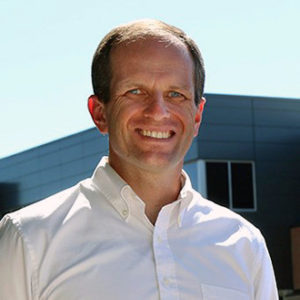 Professor Bruce Gale, Ph.D., Department of Mechanical Engineering Chair and Merit Medical Professor at University of Utah, uses microfluidics to solve problems. In the past he has developed tools for drug development, pathogen detection, fast PCR technologies, medical devices and more. Now he is turning that expertise toward automating the design of microfluidic devices to perform specific tests, assays, and more.
Professor Bruce Gale, Ph.D., Department of Mechanical Engineering Chair and Merit Medical Professor at University of Utah, uses microfluidics to solve problems. In the past he has developed tools for drug development, pathogen detection, fast PCR technologies, medical devices and more. Now he is turning that expertise toward automating the design of microfluidic devices to perform specific tests, assays, and more.
Gale received two million dollars in funding from NSF’s LEAP HI program to pursue “Microfluidic Design Automation for Biomedical Assays.” He will be working with associate professor of Electrical & Computer Engineering Pierre-Emmanuel Gaillardon to take advantage of existing software that has been created for laying out computer chips and adapting it for microfluidics. He will also partner with a lab at BYU that has a lot of expertise in 3D printing microfluidic devices, taking advantage of building devices that work in three dimensions.
“One of the biggest problems in microfluidics is that every time someone wants a device, they need to hire an expert to design and build the device,” said Gale. “There really isn’t a standard way to make a cheap device at intermediate scale. A lot of applications don’t require millions of parts. If you only need ten or a hundred thousand devices, you don’t get the benefits of mass production. This approach could solve that problem.”
The program Gale intends to develop would allow a doctor/clinician/ or other individual needing a test or device to enter a basic summary of the needed protocol. The program would then use that to generate a CAD layout for the microfluidic chip and run a simulation to show that it works as intended. From there it could 3D print the chip. This could take the entire process of creating a new microfluidic device down to a couple of hours or even less.
Gale also sees this research increasing accessibility to microfluidics. He wants students to have the opportunity to create their own microfluidic devices. By offering a digital process with more automation, it will be much easier than generating these tools by hand. Gale also wants to create a store that has available finished modules that could be used as is or used to help generate additional designs, and that could be printed on-demand.
“This could help out small facilities, like those you’d find in rural Utah,” said Gale. “They don’t have to keep an inventory of devices around or buy things you may not need. You just download or generate the specific devices you need when you need them.”
This increase in access and production capabilities will help drive down prices and make these devices more readily available, even extending to printing tests at home.
“If I do this well, I’ll put myself out of business,” Gale joked.

